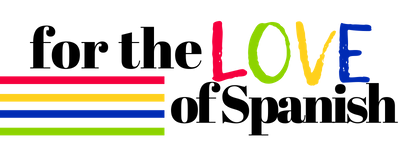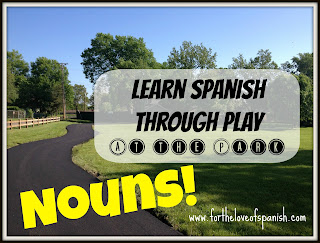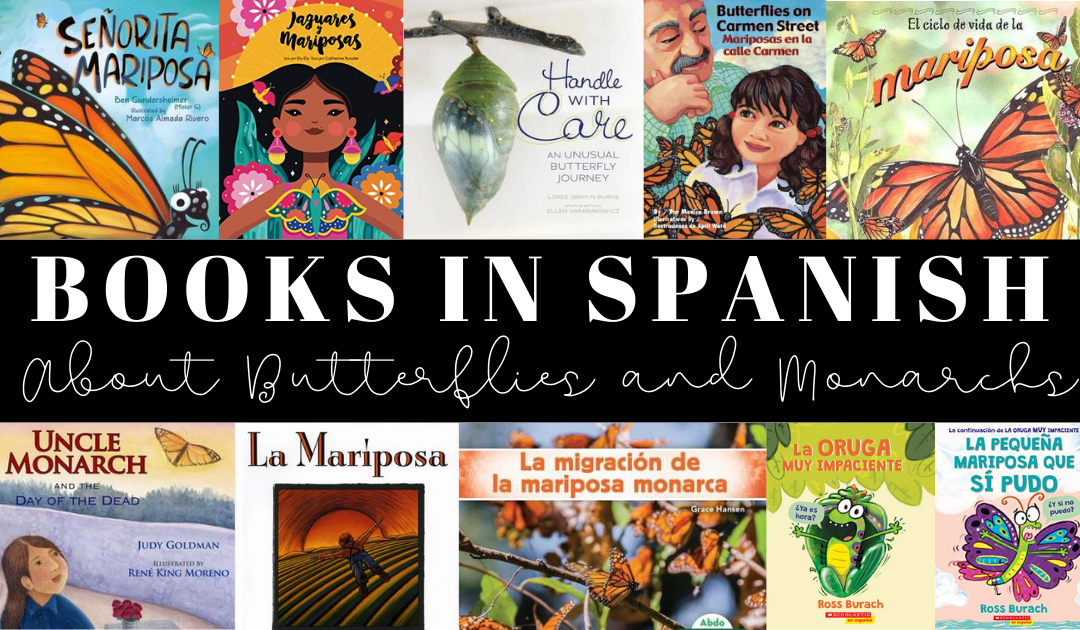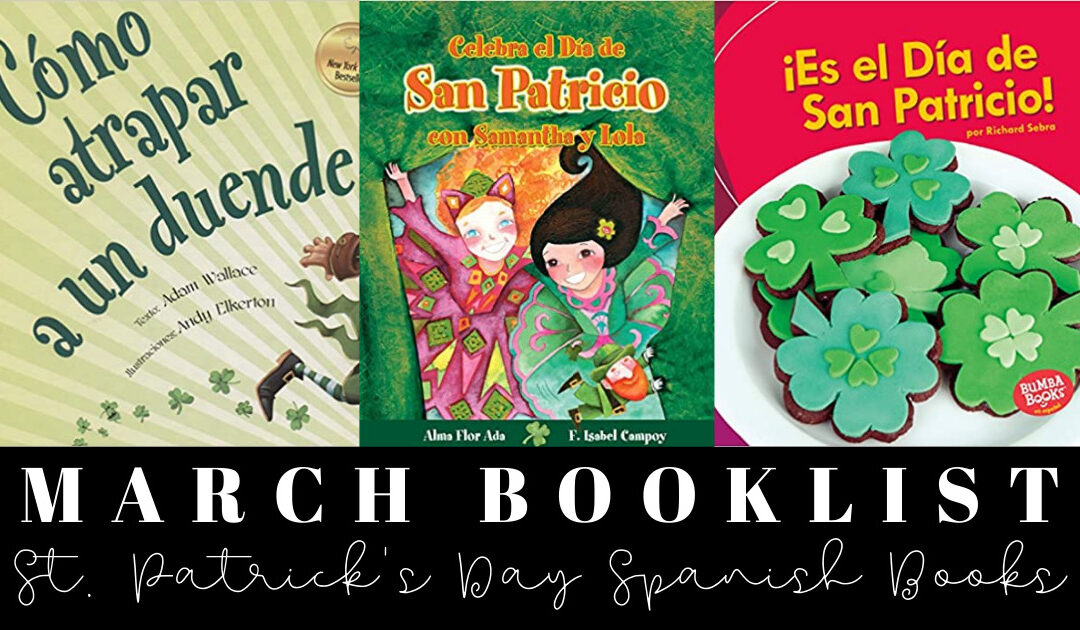In this post we are learning about Spanish words and phrases you can learn and use at the park!
Okay. Two things I love about blogging (I love more than that, but two things I cannot help but mention right
now)!
ONE: I love that blogging motivates me to be a more intentional mother/educator. It helps me organize my thoughts and ideas, making them more successful and productive.
TWO: I love how, through my blogging journey, I have begun to develop a little niche in this world–a little corner where I feel really happy, enthusiastic, and creative. I have found a little groove that runs through my parenting, my personal life, my lifelong pursuit of education, my professional goals, and makes me feel connected, put-together, planted.
Most of this excitement stems from a new installment of my series “Learn Spanish through Play” that I am quite excited about: AT THE PARK. We have been blessed with an absolutely perfect spring and summer here in my neck-of-Missouri. (My heart goes out to all those who have experienced loss and/or tragedy due to extreme weather conditions here in the Midwest, all over the country, and most recently Arizona.) This great weather has led to lots of pleasant outside-play for me and my kiddos (happy mamma smiles). As we have played, I have collected a copious amount of pictures having in mind to share with you all what great Spanish lessons can be learned at the park.
How about we start with things (nouns), or should we say, cosas (sustantivos). A great book for learning nouns is First Thousand Words in Spanish: With Internet-Linked Pronunciation Guide. I use it in so many of my classes and at home with my kids–it offers a thorough foundation of “getting-started” Spanish vocabulary. Here is a link to the free pronunciation guide the book offers for el parque (the park). The pictures below show what fun cosas (COH-sahs) we found on one of our trips to el parque. I have also listed them all in a chart with pronunciation guides and English equivalents.
|
Things (Cosas) You Find at the Park
|
||
|
Spanish
|
Pronunciation
|
English
|
|
la acera
|
lah ah-SEHR-ah
|
the sidewalk
|
|
el árbol
|
ehl ARE-bowl
|
the tree
|
|
el césped
|
ehl SEHS-ped
|
the lawn
|
|
los columpios
|
lohs koh-LOOM-pee-ohs
|
the swings
|
|
las escaleras
|
lahs ehs-kah-LAIR-ahs
|
the stairs
|
|
las letras
|
lahs LEH-trahs
|
the letters
|
|
el parque infantil
|
ehl PAHR-kay een-fahn-TEEL
|
the playground
|
|
la roca
|
lah ROH-kah
|
the rock (as in boulder)
|
|
el tobogán
|
ehl toe-boe-GAHN
|
the slide
|
|
**Notice: el, la, los, las are all words for “the” in English
|
||
What did you find at the park today?
Try some of these phrases as you are learning the words for items you see and find:
“Mira __________.” (MEE-rah ________.) This means “Look at _______.” Just fill in the blank with one of the words above. Do not forget to also say el, la, los, or las before it.
You could also say, “Vamos a ____________.” (VAH-mohs ah _______.) This means “Let’s go to _________.” Just fill in the blank with the Spanish word “the” and the item you want to go to. The only trick with this one is if you are talking about an item that has el before it (like tree), then the a after vamos becomes al.
One more phrase to try is “¿Dónde está el/la _________?” (DOHN-day ehs-TAH ehl/lah______?) This means “Where is the ________?” Use that question for singualar items and this one for plural items: “¿Dónde están los/las __________?” (DOHN-day ehs-TAHN lohs/lahs _______?) It means “Where are the __________?” To both of these questions your kids can answer “¡Aquí!” (ah-KEY) which means “Here!” or “¡Allí!” (ah-YEE) which means “Over there!”
So here are three examples of sentences you could say using the chart and phrases above:
Vamos a los columpios. (VAH-mohs ah lohs koh-LOOM-pee-ohs.) Let’s go to the swings.
Have fun at the parque today! Leave your comments about what kind of Spanish adventures your family is having.
Check out our other Learn Spanish through Play series here, and here, and here.














